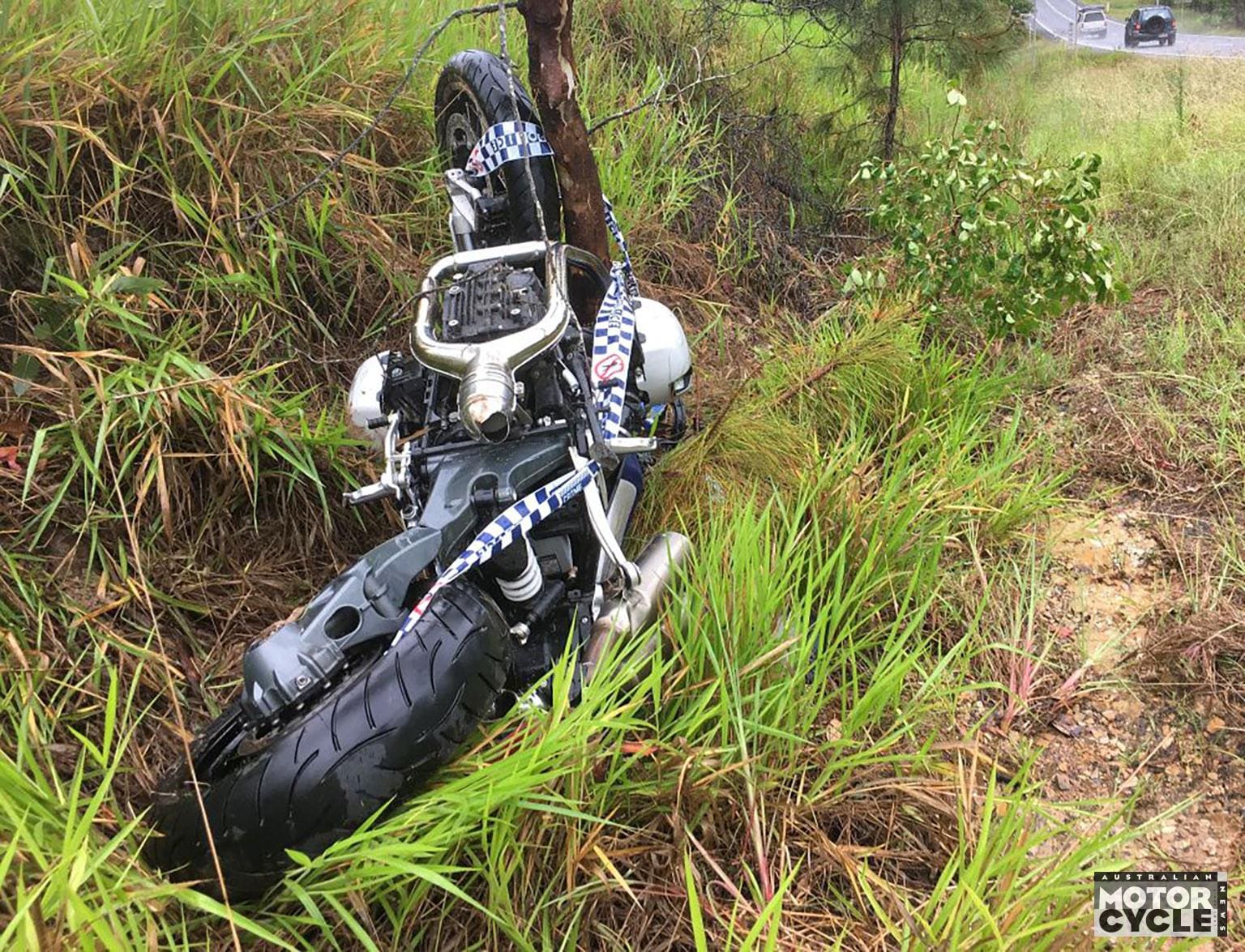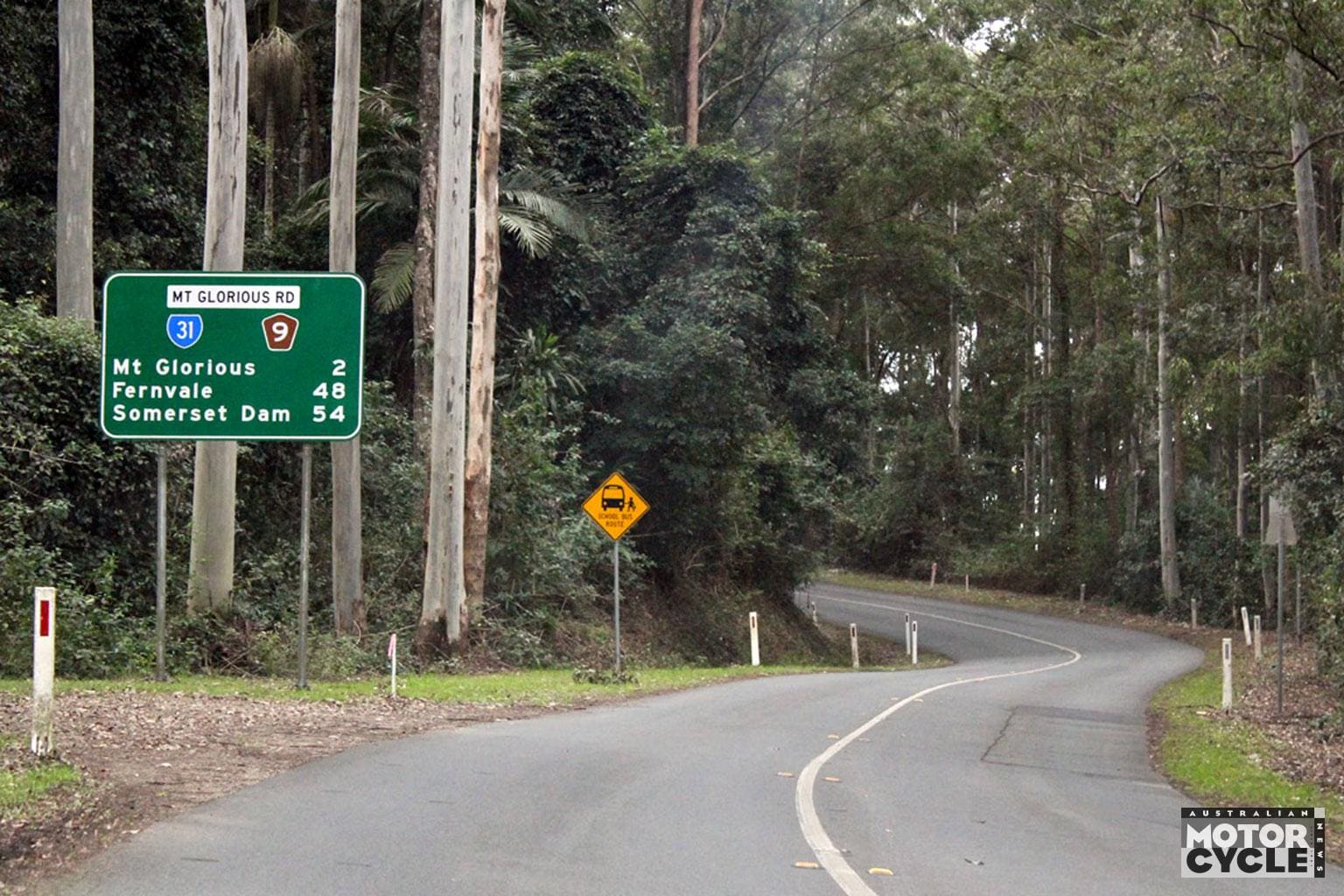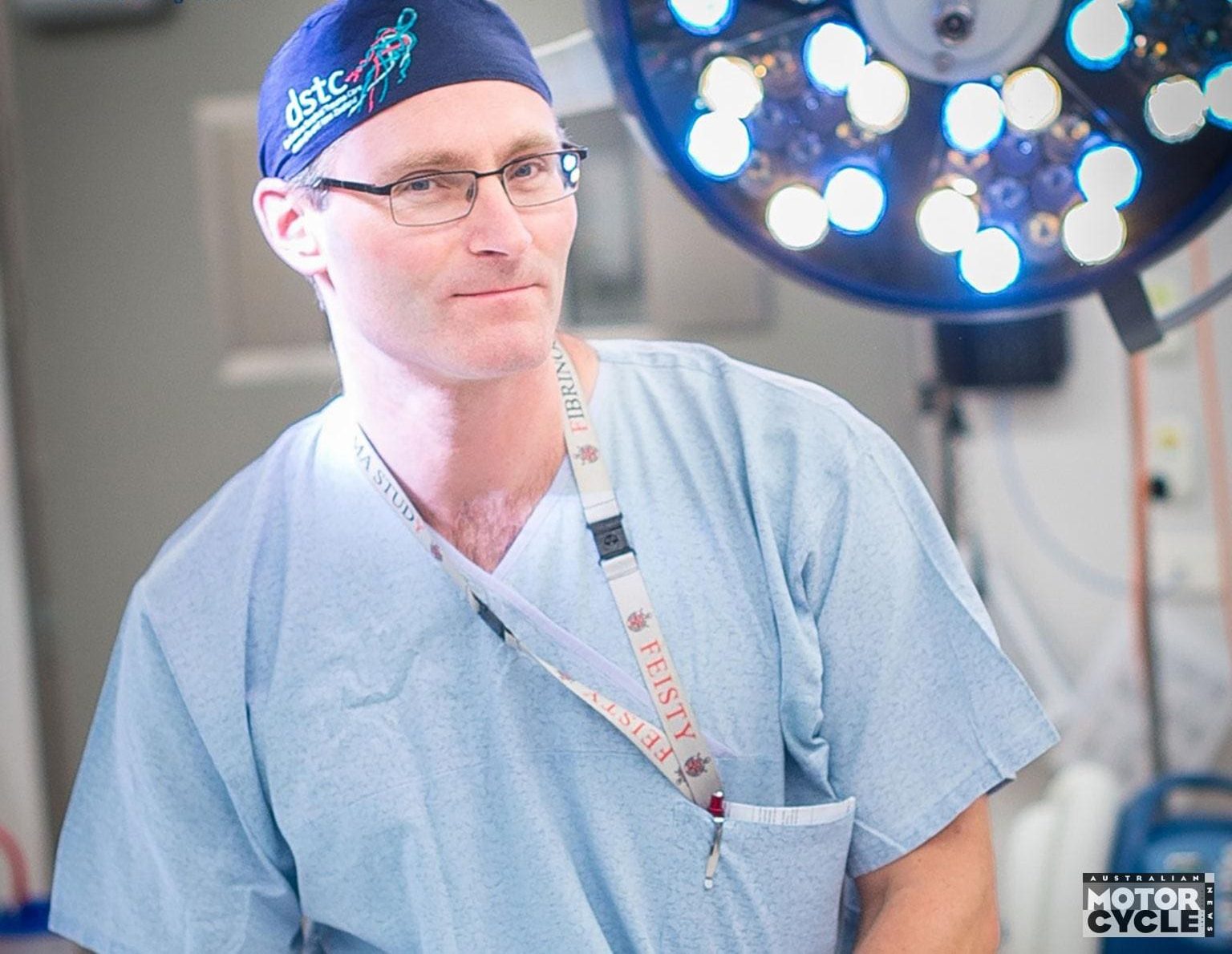RACQ Crash data identifies the highest-risk roads for riders in The Sunshine State
With National Road Safety Week upon us, the RACQ is urging motorcyclists to ride smarter—not harder—as confronting crash data reveals that some of Queensland’s most scenic hinterland routes are, unfortunately, also among the most dangerous.
A recent RACQ review of over 21,500 kilometres of state-controlled roads shines a spotlight on the notorious Mount Glorious Tourist Drive, running between Mount Glorious and Somerset just northwest of Brisbane. This stretch of winding road has taken an ominous top spot for fatal and serious injury crashes, particularly involving motorcycles.
Between 2019 and 2023, 59 fatal and serious injury (FSI) collisions occurred on the Mount Glorious Tourist Drive—an overwhelming 92% of them (54 crashes) involved motorcyclists.

Crash data reveals Mount Mee Road and Beechmont Road as the next most dangerous routes for motorcyclists in Queensland, based on the severity of outcomes when incidents occur. On Mount Mee Road, an alarming 76% of crashes result in fatal or serious injuries, while Beechmont Road isn’t far behind, with 60% of crashes leading to similarly severe consequences.
“The data paints a terrifyingly clear picture. Too many motorcycle riders are pushing their limits on hinterland roads and paying severe consequences for it,” said Joel Tucker, RACQ’s Road Safety and Technical Manager.
Further analysis reveals just how perilous the situation is: 80% of motorcycle-involved FSI crashes on the Mount Glorious section were single-vehicle incidents. Most of these occurred on weekends (74%), along curves (94%), and in otherwise ideal riding conditions—daylight, dry weather, and good visibility.
“Hinterland roads are not designed to be used like a racetrack – they’re for transport; and while they travel through some spectacular environments and can be a lot of fun to ride, they are often narrow, covered in slippery leaf litter, and lack safety design features,” Mr Tucker explained.
“There is nothing wrong with enjoying a weekend leisure ride with your mates, but ride to the conditions, don’t get competitive, and don’t break the law because your life matters. Please drop the ego, not the bike.”

As part of its broader road safety campaign, RACQ is calling on the Queensland Government to look at more proactive enforcement tactics for these types of roads. Suggestions include portable point-to-point speed cameras, which could help deter speeding across longer stretches.
“We believe measures like installing portable point-to-point speed cameras would be effective at reducing crash rates, particularly on hinterland roads, as they would encourage motorists to slow down and keep their speeds at or below the limit over longer distances,” Mr Tucker added.
“If riders or drivers want to go faster than the signed speed limit or push their abilities or their machine to its limits, they need to go to an actual racetrack, not a public road.”
It’s not just crash statistics that reveal the dangers—those on the frontlines of trauma care are echoing the warnings. Professor Martin Wullschleger, a trauma surgeon and Chair of the Queensland Trauma Committee for the Royal Australasian College of Surgeons, sees the aftermath of these crashes firsthand.
“When you crash and come off a motorcycle, there is little protecting your body, especially if you are not wearing good safety gear,” Prof Wullschleger said.
“I’ve seen far too many injured motorcyclists, spanning from fatal and life-changing brain injuries, to men with shattered pelvises and genitals after their pelvises hit the fuel tanks on initial impact. Others came off second best with shattered arms and legs, sometimes needing multiple reconstructive operations or even amputations.”
 Professor Martin Wullschleger
Professor Martin Wullschleger
Overconfidence can also be a silent killer, says motoDNA founder and CEO Mark McVeigh, who established the rider training academy following the loss of his closest friend in a motorcycle accident four decades ago.
“It takes around 20 hours of training to get your license versus up to 10,000 hours needed for mastery,” Mr McVeigh said.
“Riders need to have a ‘learn for life’ mindset and embrace training which is not just about machine control skills and road-craft but also the mental approach. I am sure riders who have crashed did not think it would happen to them.
“Rider training, beyond what’s required to get your licence, is a fun and safe way for you and your mates to learn critical skills together in a controlled environment. The skills you learn could save your life.”
Through rider courses offered at RACQ’s Mobility Centre, McVeigh and his team deliver in-depth, real-time coaching—empowering motorcyclists to refine both technique and attitude before tragedy strikes.
RACQ’s findings highlight the need for data-informed mitigation strategies and a renewed focus on rider education.
The post Queensland’s Most Lethal Roads For Motorcyclists Named appeared first on Australian Motorcycle News.



Recommended Comments
There are no comments to display.